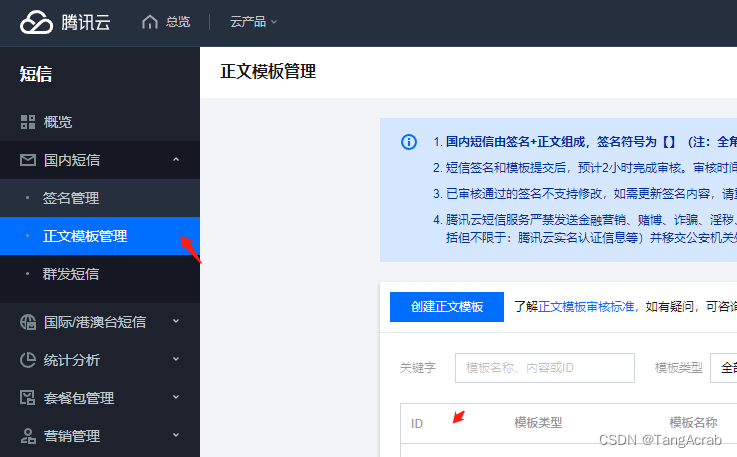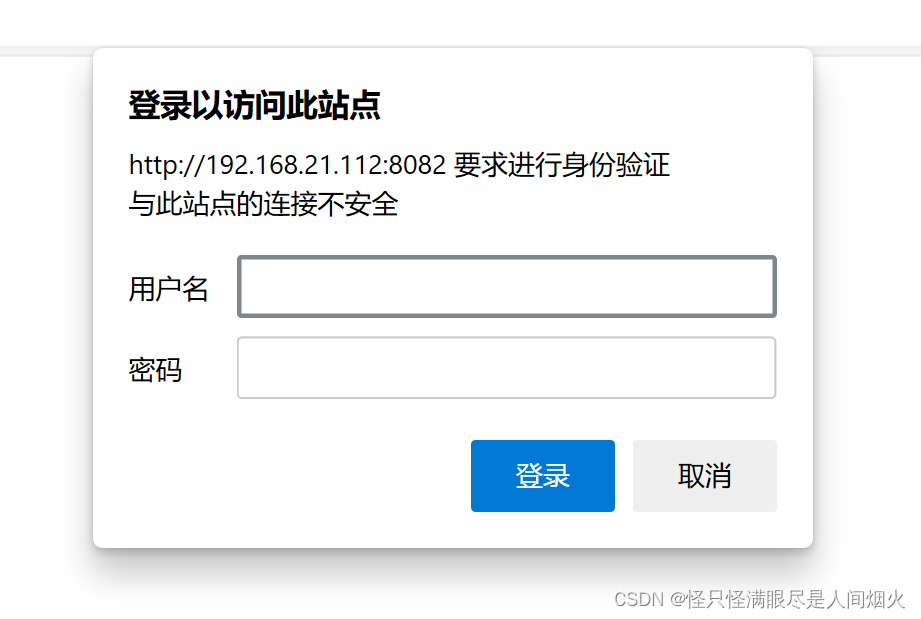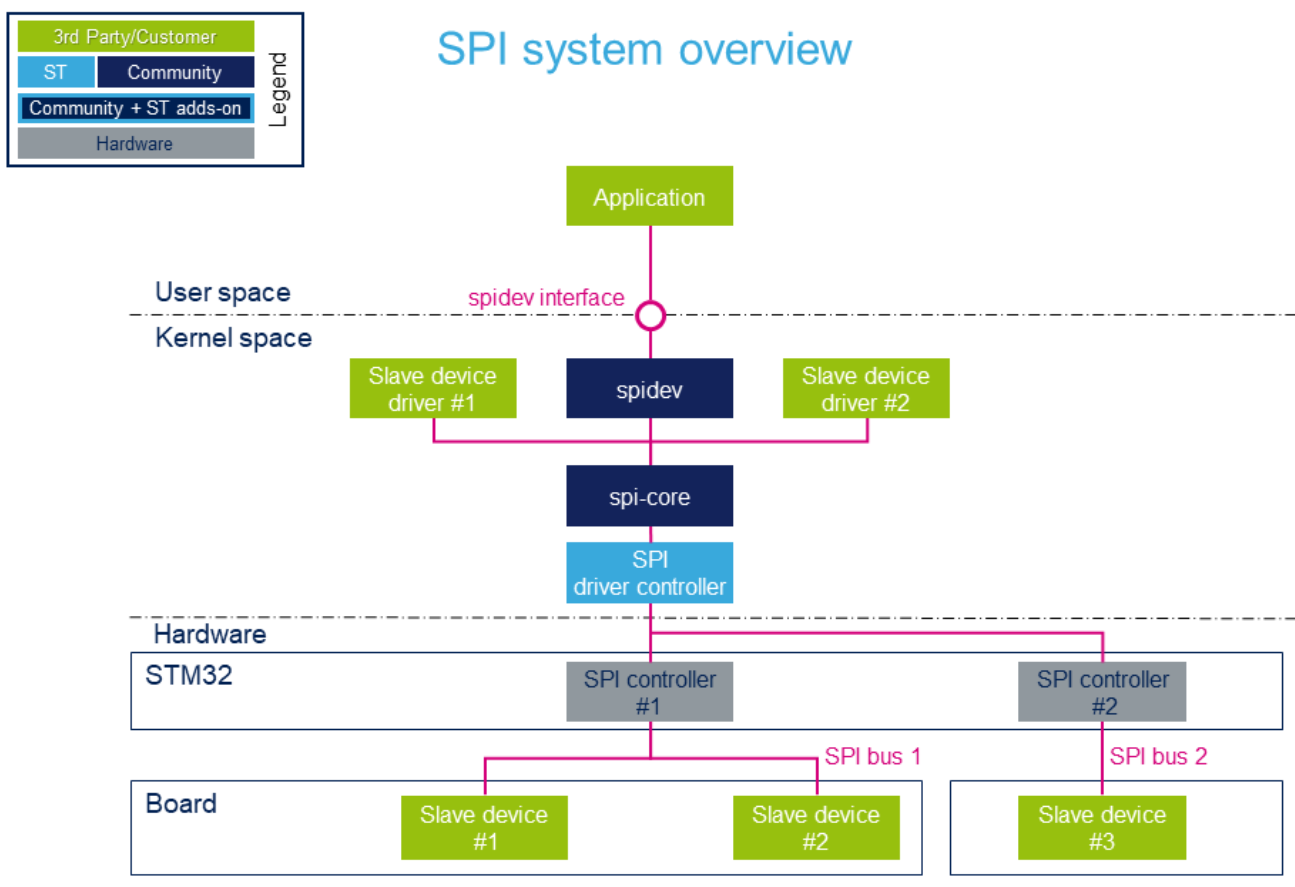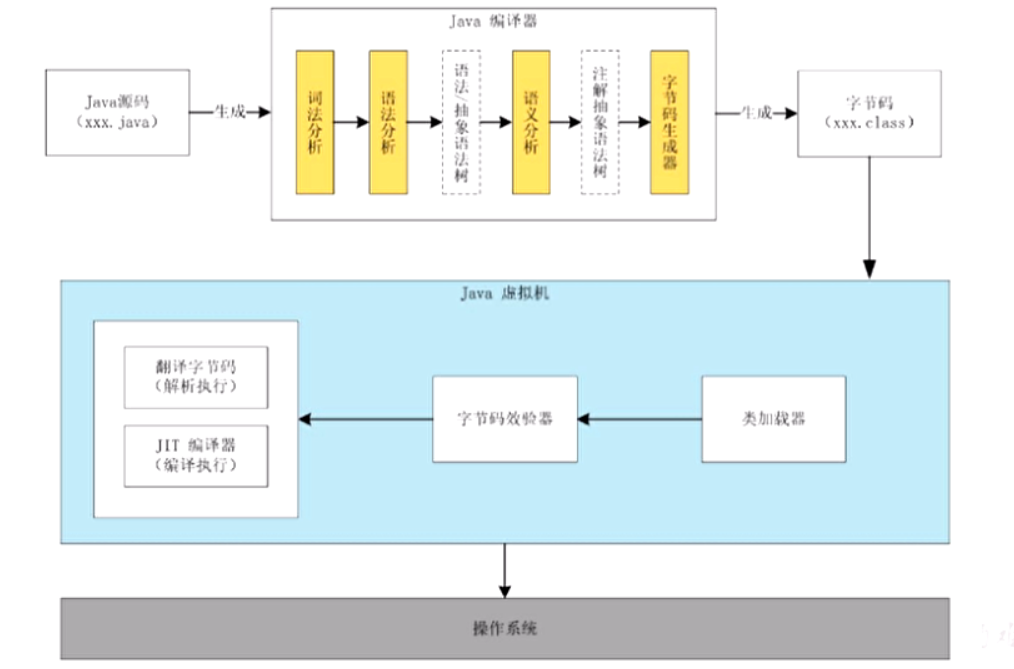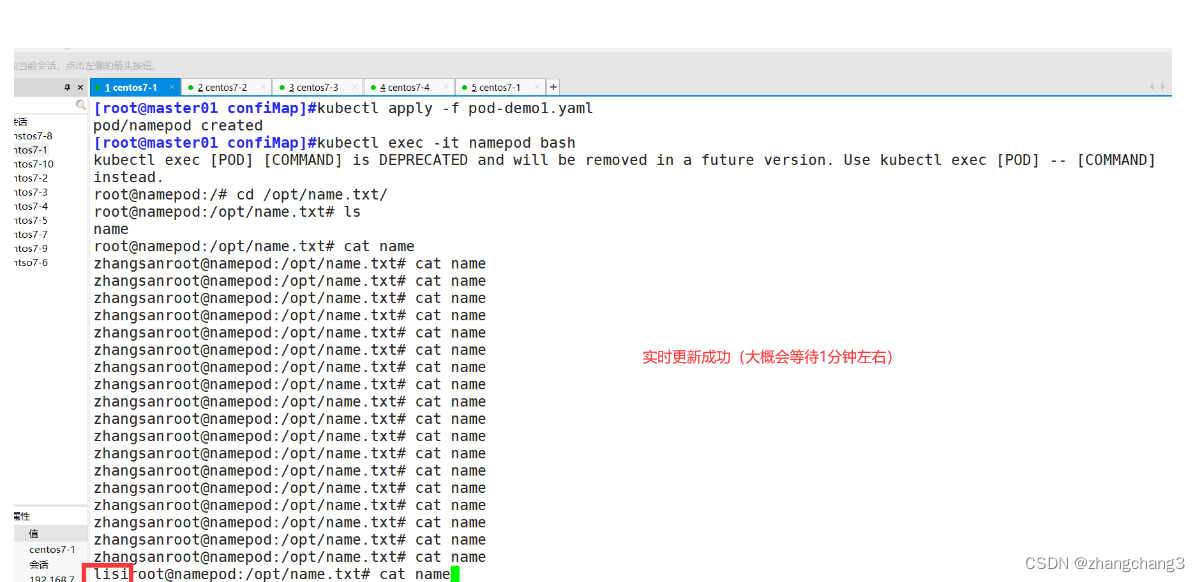(一)初识面向对象
面向对象特点

(二)对象

简单数据
C语言中的数组
C语言中的结构体
struct resume{int age;char name[10];double value;
};4
对象
class Student:company = "SXT" #类属性count = 0 #类属性def __init__(self,name,score):self.name = name #实例属性self.score = scoreStudent.count = Student.count+1def say_score(self): #实例方法print("我的公司是:",Student.company)print(self.name,'的分数是:',self.score)对象完整内存结构

(三)类的定义

属性和方法

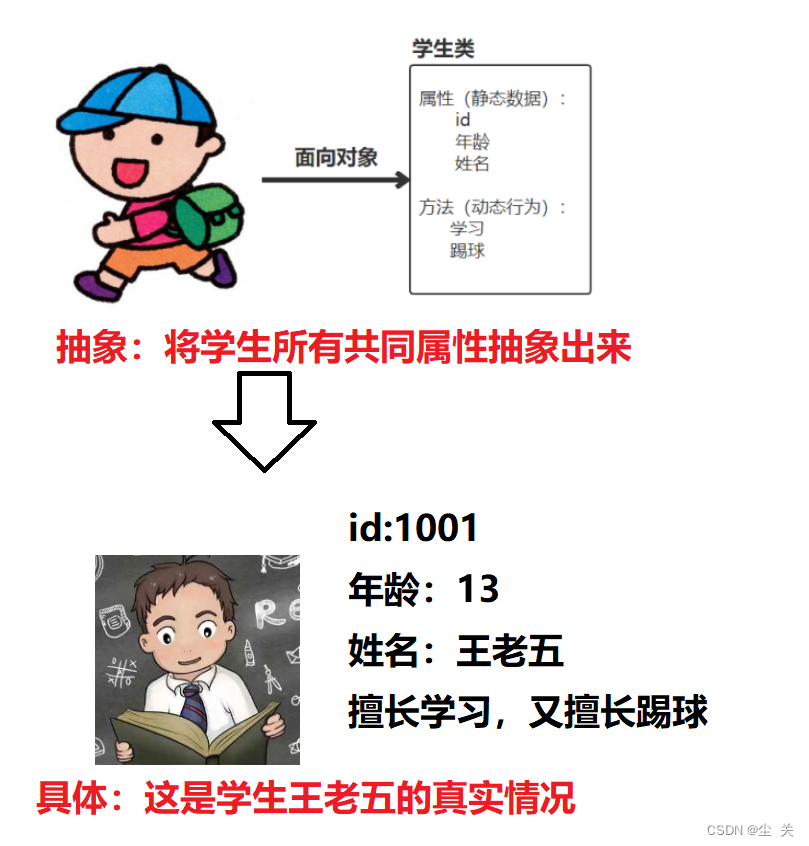
Python 中, “ 一切皆对象 ” 。类也称为 “ 类对象 ” ,类的实例也称为“ 实例对象 ” 。
class 类名:类体要点如下:
类名必须符合“标识符”的规则;一般规定,首字母大写,多个单词使用“驼峰原则”。
类体中我们可以定义属性和方法
属性用来描述数据,方法(即函数)用来描述这些数据相关的操作
一个典型的类的定义:
class Student:def __init__(self,name,score): #构造方法第一个参数必须为selfself.name = name #实例属性self.score = scoredef say_score(self): #实例方法print("{0}的分数是{1}".format(self.name,self.score))s1 = Student('王老五',80) #s1是实例对象,自动调用__init__()方法s1.say_score()pass 为空语句。就是表示什么都不做,只是作为一个占位符存在。当你写代码时,遇到暂时不知道往方法或者类中加入什么时,可以先用pass占位,后期再补上。
__init__ 构造方法和 __new__ 方法
-
名称固定,必须为: __init__()
-
第一个参数固定,必须为: self 。 self 指的就是刚刚创建好的实例对象
-
构造函数通常用来初始化实例对象的实例属性,如下代码就是初始化实例属性: name 和 score
def __init__(self,name,score):self.name = name #实例属性self.score = score - 通过“ 类名 ( 参数列表 )” 来调用构造函数。调用后,将创建好的对象返回给相应的变量。
- __init__() 方法:初始化创建好的对象,初始化指的是: “ 给实例属性赋值”
- __new__() 方法 : 用于创建对象,但我们一般无需重定义该方法
- 如果我们不定义 __init__ 方法,系统会提供一个默认的 __init__ 方法。如果我们定义了带参的 __init__ 方法,系统不创建默认的 __init__ 方法

实例属性和实例方法
class Student:def __init__(self,name,score):self.name = name #增加name属性self.score = score #增加score属性def say_score(self):self.age = 18 #增加age属性print("{0}的分数是{1}".format(self.name,self.score))
s1 = Student("张三",80)
s1.say_score()
print(s1.age)
s1.salary = 3000 #s1对象增加salary属性
s2 = Student("李四",90)
s2.say_score()
print(s2.age)def 方法名 ( self [, 形参列表 ]) :函数体
都是用来完成一个功能的语句块,本质一样。方法调用时,通过对象来调用。方法从属于特定实例对象,普通函数没有这个特点直观上看,方法定义时需要传递 self ,函数不需要

(四)类对象、类属性、类方法、静态方法
类对象
class Student:pass #空语句
print(type(Student))
print(id(Student))Stu2 = Student
s1 = Stu2()
print(s1)具体效果:
类属性
class 类名:类变量名 = 初始值
内存分析实例对象和类对象创建过程
class Student:company = "仁和堂" # 类属性count = 0 # 类属性def __init__(self, name, score):self.name = name # 实例属性self.score = scoreStudent.count = Student.count + 1def say_score(self): # 实例方法print("我的公司是:", Student.company)print(self.name, '的分数是:',self.score)s1 = Student('李白', 80) # s1是实例对象,自动调用__init__()方法
s2 = Student('张三', 70)
s1.say_score()
print('一共创建{0}个Student对象'.format(Student.count))
类方法
@classmethoddef 类方法名 ( cls [ ,形参列表 ]) :方法体
class Student:company = "SXT" #类属性@classmethoddef printCompany(cls):print(cls.company)Student.printCompany()@staticmethoddef 静态方法名 ([ 形参列表 ]) :方法体
具体代码:
class Student:company = "SXT" # 类属性@staticmethoddef add(a, b): # 静态方法print("{0}+{1}={2}".format(a,b,(a+b)))return a+b
Student.add(20,30)(五)析构函数 (__del__方法)和垃圾回收机制
析构函数
class Person:def __del__(self):print("销毁对象:{0}".format(self))
p1 = Person()
p2 = Person()
del p2
print("程序结束")
(六)面向对象三大特征
Ⅰ 封装
Ⅱ 继承

class 子类类名 ( 父类 1 [ ,父类 2 , ...]) :类体注意:如果在类定义中没有指定父类,则默认父类是 object类 。也就是说, object 是所有类的父类,里面定义了一些所有类共有的默认实现,比如: __new__()
类成员的继承和重写
class Person:def __init__(self,name,age):self.name = nameself.age = agedef say_age(self):print(self.name,"的年龄是:",self.age)def say_name(self):print("我是",self.name)class Student(Person):def __init__(self,name,age,score):Person.__init__(self,name,age)self.score = scoredef say_score(self):print(self.name,"的分数是:",self.score)def say_name(self): #重写父类的方法print("报告老师,我是",self.name)s1 = Student("张三",16,85)
s1.say_score()
s1.say_name()
s1.say_age()
print(Student.mro())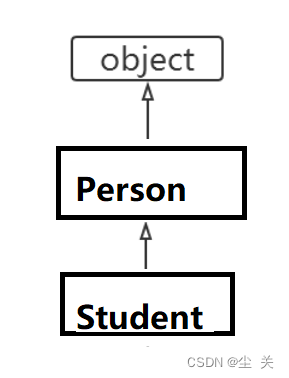
object根类
class Student(Person):def __init__(self,name,age,score):Person.__init__(self,name,age)self.score = scoredef say_score(self):print(self.name,"的分数是:",self.score)def say_name(self): #重写父类的方法print("报告老师,我是",self.name)obj = object()
print(dir(obj))
s1 = Student("张三",15,85)
print(dir(s1))具体效果:
['__class__', '__delattr__', '__dir__', '__doc__', '__eq__', '__format__', '__ge__', '__getattribute__', '__getstate__', '__gt__', '__hash__', '__init__', '__init_subclass__', '__le__', '__lt__', '__ne__', '__new__', '__reduce__', '__reduce_ex__', '__repr__', '__setattr__', '__sizeof__', '__str__', '__subclasshook__']
['__class__', '__delattr__', '__dict__', '__dir__', '__doc__', '__eq__', '__format__', '__ge__', '__getattribute__', '__getstate__', '__gt__', '__hash__', '__init__', '__init_subclass__', '__le__', '__lt__', '__module__', '__ne__', '__new__', '__reduce__', '__reduce_ex__', '__repr__', '__setattr__', '__sizeof__', '__str__', '__subclasshook__', '__weakref__', 'age', 'name', 'say_age', 'say_name', 'say_score', 'score']
多重继承
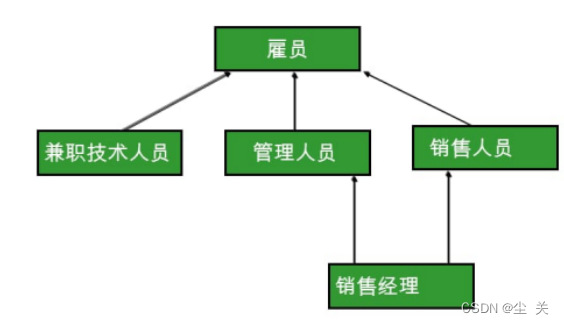
class A:def aa(self):print("aa")class B:def bb(self):print("bb")class C(B,A):def cc(self):print("cc")
c = C()
c.cc()
c.bb()
c.aa()
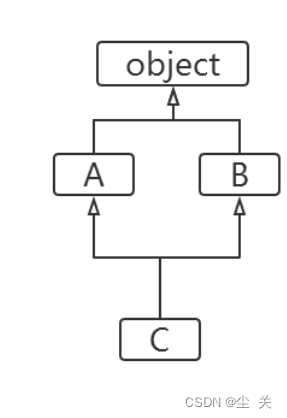
super()获得父类定义
class A:def __init__(self):print("A的构造方法")def say(self):print("A: ",self)print("say AAA")class B(A):def __init__(self):super(B,self).__init__() #调用父类的构造方法print("B的构造方法")def say(self):#A.say(self) 调用父类的say方法super().say() #通过super()调用父类的方法print("say BBB")b = B()
b.say()运行效果:
A的构造方法
B的构造方法
A: <__main__.B object at 0x0000014F911A9390>
say AAA
say BBB
Ⅲ 多态
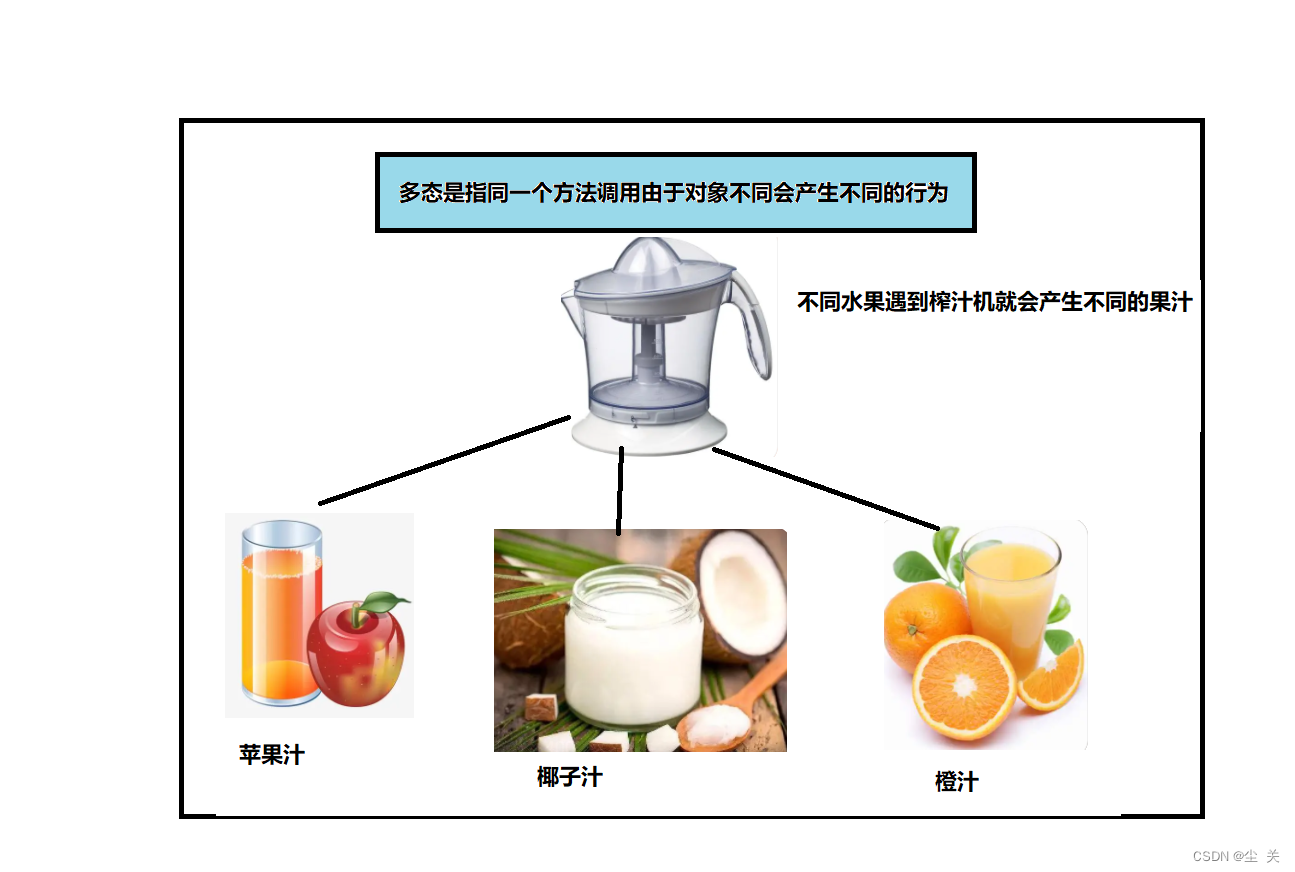
#多态
class Animal:def shout(self):print("动物叫了一声")class Dog(Animal):def shout(self):print("小狗,汪汪汪")class Cat(Animal):def shout(self):print("小猫,喵喵喵")
def animalShout(a):a.shout() #传入的对象不同,shout方法对应的实际行为也不同。animalShout(Dog())
animalShout(Cat())


